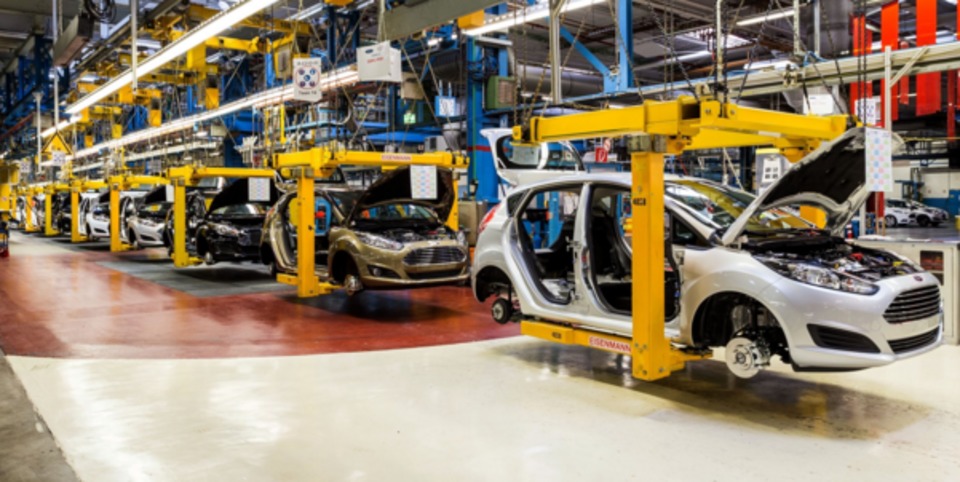By Jeff Ferry, CPA Research Director
The USMCA Agreement contains rules of origin for the automotive industry that will have a wide-ranging effect on the auto industry.
They should be beneficial for US automakers, their suppliers, and autoworkers.
- At the headline level, automobiles will only be considered originating in North America and tariff-free if 75% of their components are manufactured in the North America (NA) region, i.e. US, Mexico, and Canada. That figure is significantly higher than the present level of 62.5% in the current NAFTA agreement.
-
ROO by Subclasses
- There are also specific requirements for subclasses of auto components. These provide further incentives to favor NA production and should benefit US producers.
- Metals ROO. The USMCA agreements specifies that by 2023 70% of the steel and aluminum used must originate in North America for a vehicle to be classified as a North American originating vehicle.
- Core components ROO. The agreement states that by 2023 75% of a passenger vehicle’s core components must be made in NA to be classified as a North American originating vehicle. Core components include parts like engine, gearbox, drive axle, and steering wheel.
- Principal Parts ROO. The agreement states that by 2023 70% of a passenger vehicle’s Principal Parts must be made in NA to be classified as a North American originating vehicle. Principal Parts include parts like clutches, compressors, air conditioners, rear-view mirrors, and electronic brake systems.
- Complementary Parts ROO. The agreement states that by 2023 65% of a passenger vehicle’s Complementary Parts must be made in NA to be classified as a North American originating vehicle. Complementary Parts include pipes, locks, windshield wipers, catalytic converters, and other parts.
- Timing
-
- These ROO rules come into effect on a sliding scale, beginning in 2020 and rising to reach the values cited above in 2023. This is to give the auto industry time to adapt to the new rules.
- However, the USMCA will only come into force after it is approved by Congress. Congress is expected to consider the agreement in 2019. Tuesday’s midterm election may have a significant impact on Congress’s willingness to endorse the agreement.
-
Heavy Trucks
- The ROO rules for heavy trucks are less demanding, with lower regional value content (RVC) requirements and a longer timeline. The final RVC targets do not have to be met until 2027.
-
Calculation Methods
- The agreement includes two methods by which producers may calculate value. The figures cited above are based on the net cost method, while producers may also use the “transaction method” in which case the targets are typically ten percentage points higher.
-
Labor Value Content
- The USMCA stipulates that 40% of a vehicle must be produced by workers making at least $16/hour for it to qualify as a North American originating vehicle.
- This provision impacts Mexico since Mexican carworkers generally make well under $5/hour.
- However, initial industry reactions suggest that the US Big Three plus the two largest Japanese-owned carmakers (Honda, Toyota) have sufficient production in the US and Canada to continue using their Mexican plants while satisfying this threshold.
- Other producers, such as German carmakers, may be forced to alter their production strategies by this provision. To the extent they are dependent on parts from Europe that are then assembled in Mexico, they may find they do not meet the 40% threshold. They may then decide to move more production into the US or Canada.
-
Tariff Rates
- Autos that do not meet the North American content requirements would pay a 2.5% tariff to enter the US market.
- The low level of this tariff raises a question over how effective the ROO requirements will be.
- However the tariff level on non-North American light trucks remains at 25% (the so-called “Chicken Tax” imposed in 1963 and still in force today). The Chicken Tax has been highly effective at maintaining a high market share for US producers, while incentivizing some Japanese producers to do some truck assembly in the US.













